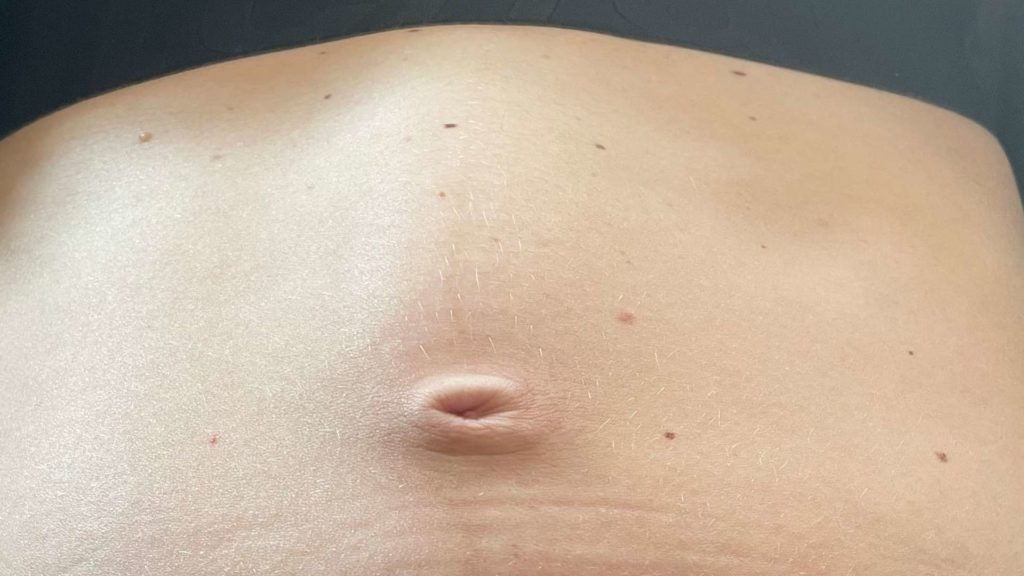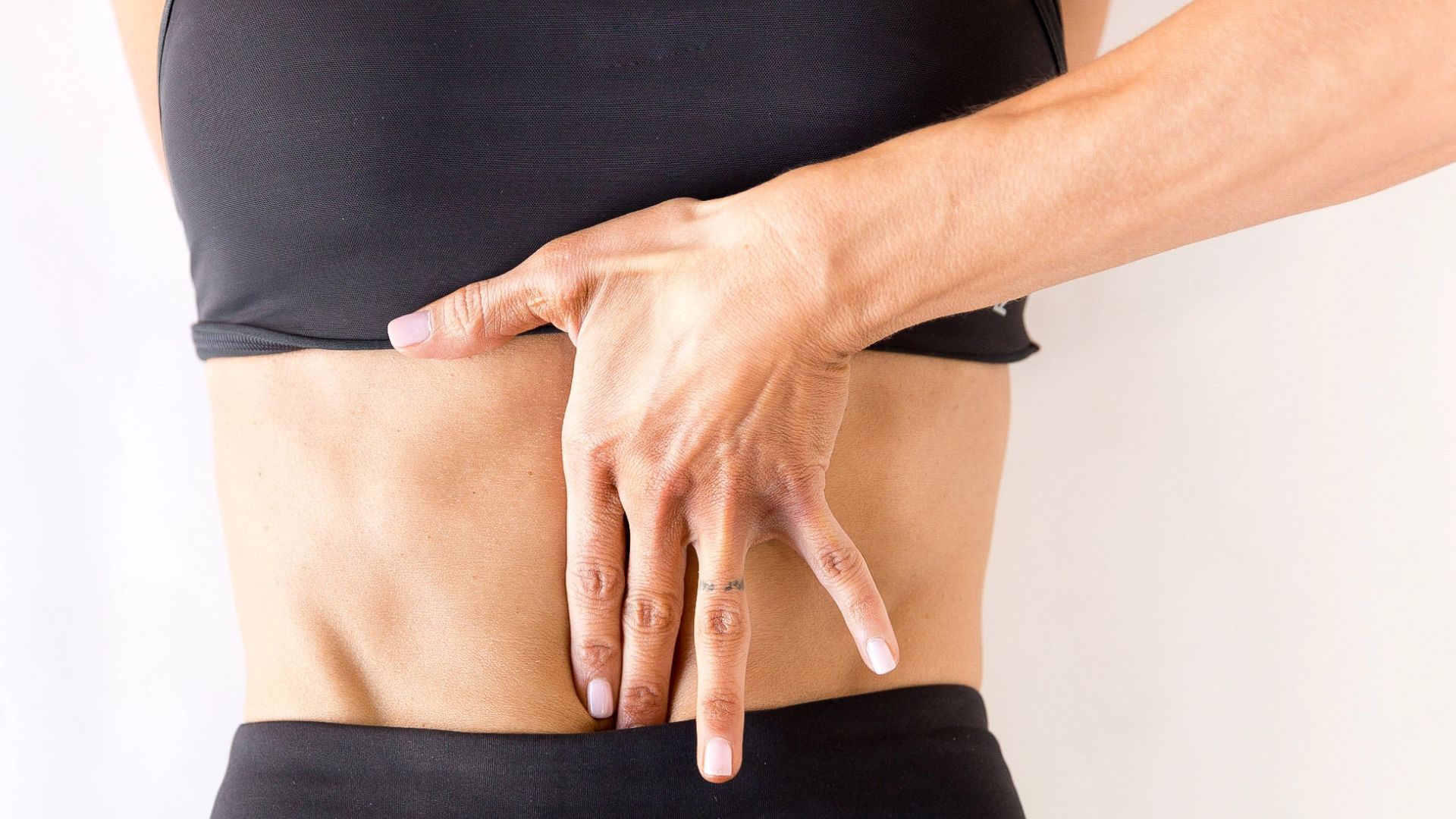How do I check for a diastasis (DR/ DRAM/Abdominal separation)
A question I commonly get asked is how to I check for a diastasis and when can I return to sport. It is always worth checking if you have a diastasis having had a baby, before you start exercising, as then you have a good idea if you need to protect the area more. If you are breastfeeding it is also worth being a little gentler on yourself as you will still have pregnancy hormones flying around your body. These remain for up to 6 months post stopping breastfeeding.
Firstly, what is a DR (diastasis recti)
In the later stages of pregnancy, it is very normal to have an abdominal separation, commonly known as DRAM (diastasis rectus abdominus muscle). This is to make space for the growing baby. It is worth protecting this area in pregnancy by changing how we move and avoiding certain exercises (this is for another blog).
Things have moved from avoiding all planks and rotations and it is more about understanding your strength and capabilities and working within those boundaries.
This is an example of a diastasis in pregnancy.

The good news is that two thirds of women with a gap of around 2cm tend to spontaneously recover at 8 weeks postpartum. Some however are more challenging and need some rehab. Not all separations close but you can still have very functional abdominal strength. The key is understanding where you are at and working towards optimising your strength to deal with the loads you wish to put through your body, be that picking a car seat up and out of the car or lifting weights in the gym.
Signs and symptoms you may have a DR:
- Tummy still feeling ‘pregnant’ (doming)
- Large tummy at the end of the day
- Lower back pain
- Incontinence
- Prolapse
- Constipation
So, you have just had your baby and keen to get moving again but want to check if you have a diastasis.
Position:
- Lying on your back with your knees bent
- Place your fingers perpendicular to the skin and with your fingers along the midline
- Lift your head up off the floor
- Press down into abdominal area
Test at:
- Midpoint from the base of the ribs (zyphoid process) to the tummy button.
- At tummy button
- Midpoint from the tummy button to the pubic symphysis.
What you are looking for:
Is there a gap?
A true diastasis is greater than 2.5cm or 3 fingers width.
Quality of the skin:
Superficial fascial damage- have you lost the integrity of the skin-stretch marks loss of tension.
Maybe your tummy button used to be an inny and is now an outty (umbilical hernia)
Depth:
Is there any resistance when you press down?
Can you get more resistance with a strong breath out or other techniques to increase tension?
Here is a video of how to test:
https://www.instagram.com/tv/CTVC_37IwQk/?utm_source=ig_web_copy_link
What do you do next?
If you find that you do have a gap. Don’t fear. There is so much that can be done.
In a physiotherapy session we would look at your posture, breathing and ability to tolerate different loads through your body in different positions be that lying, standing single leg etc
Understanding about how to load the body and build in resilience to loading will be part of your rehabilitation. Graded exposure to load will help build strength and tension through the midline and this will help you return to doing the things that you love safely, confidently and without dysfunction.
If you would like further support in your postnatal recovery book in LINK.

